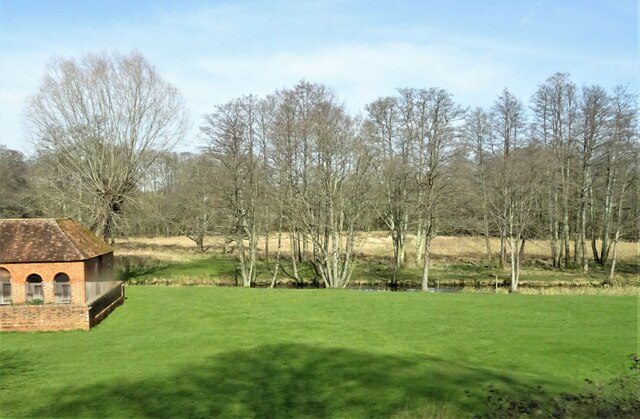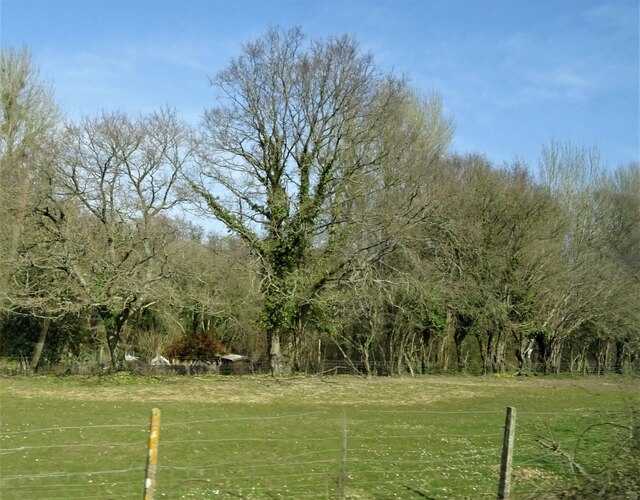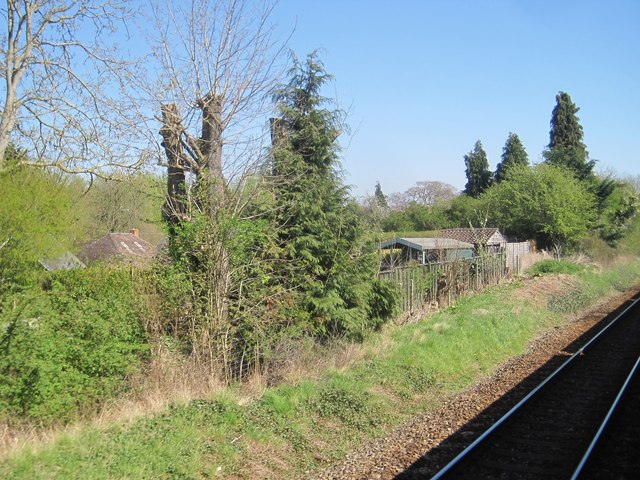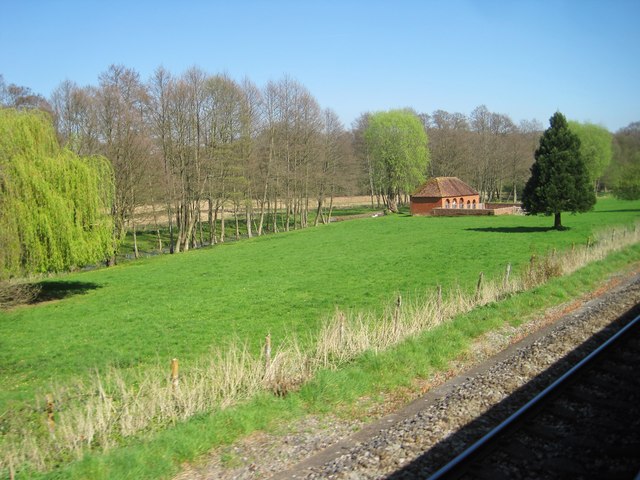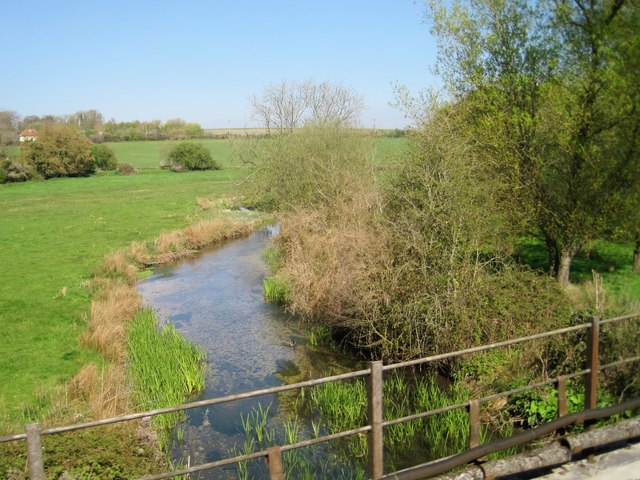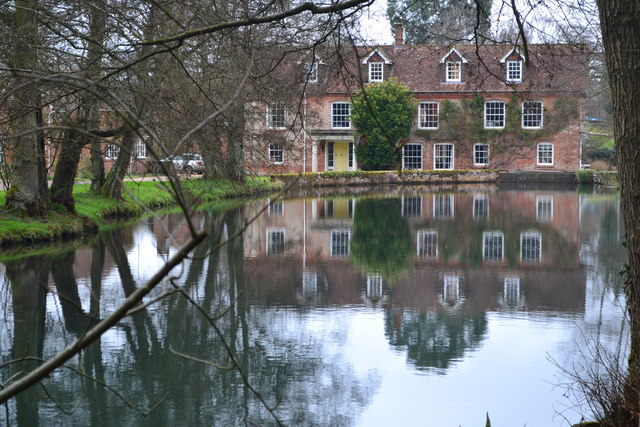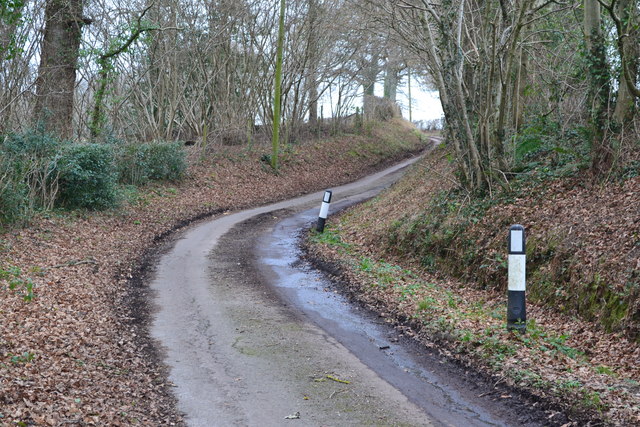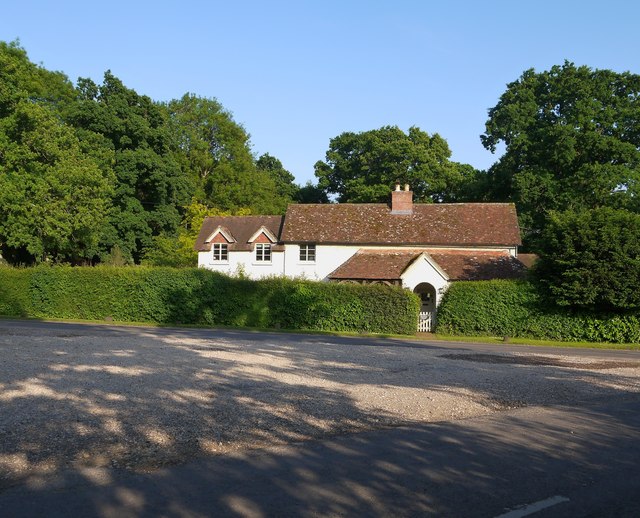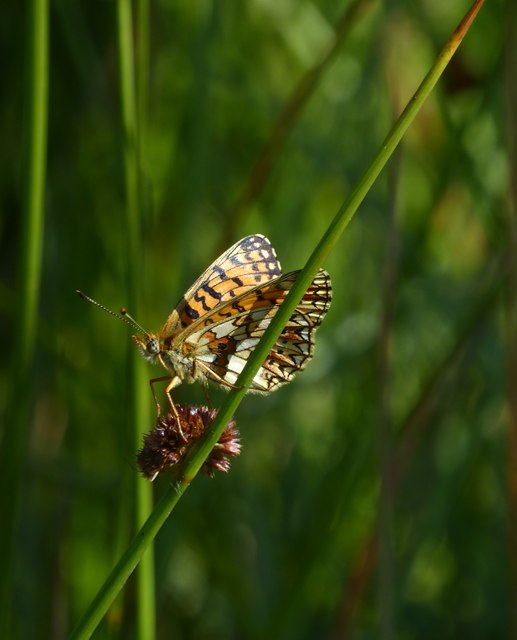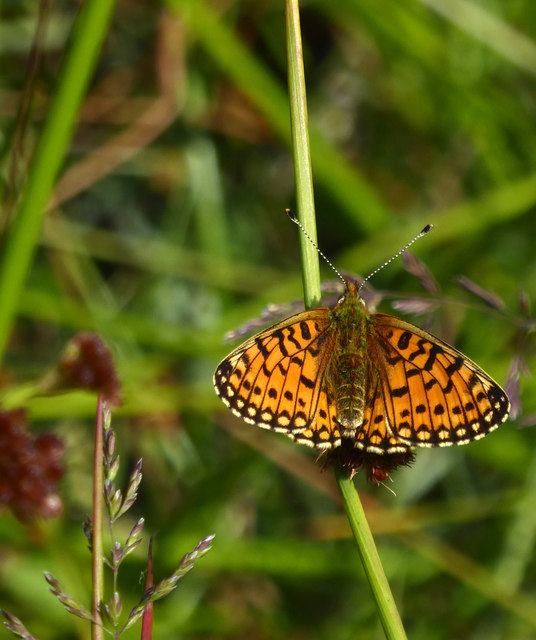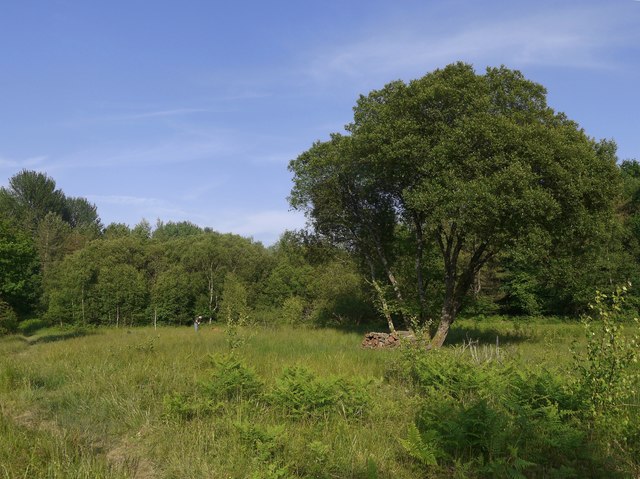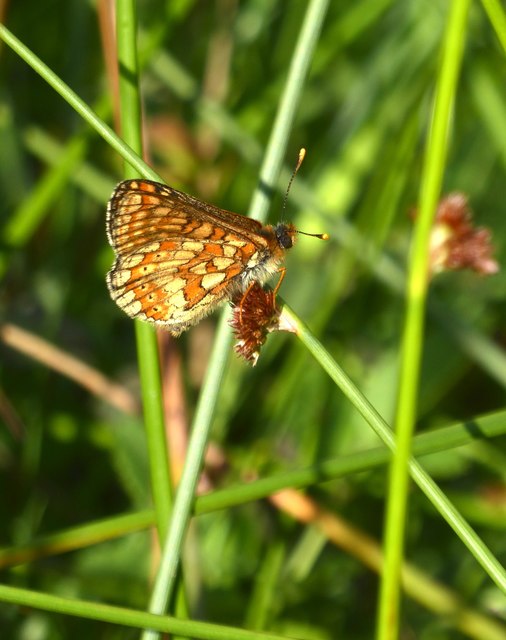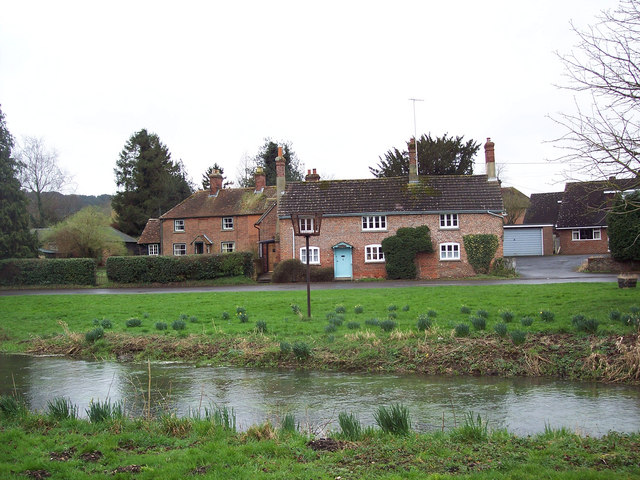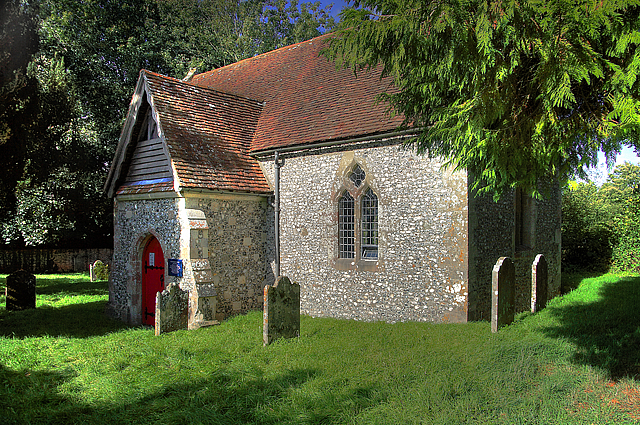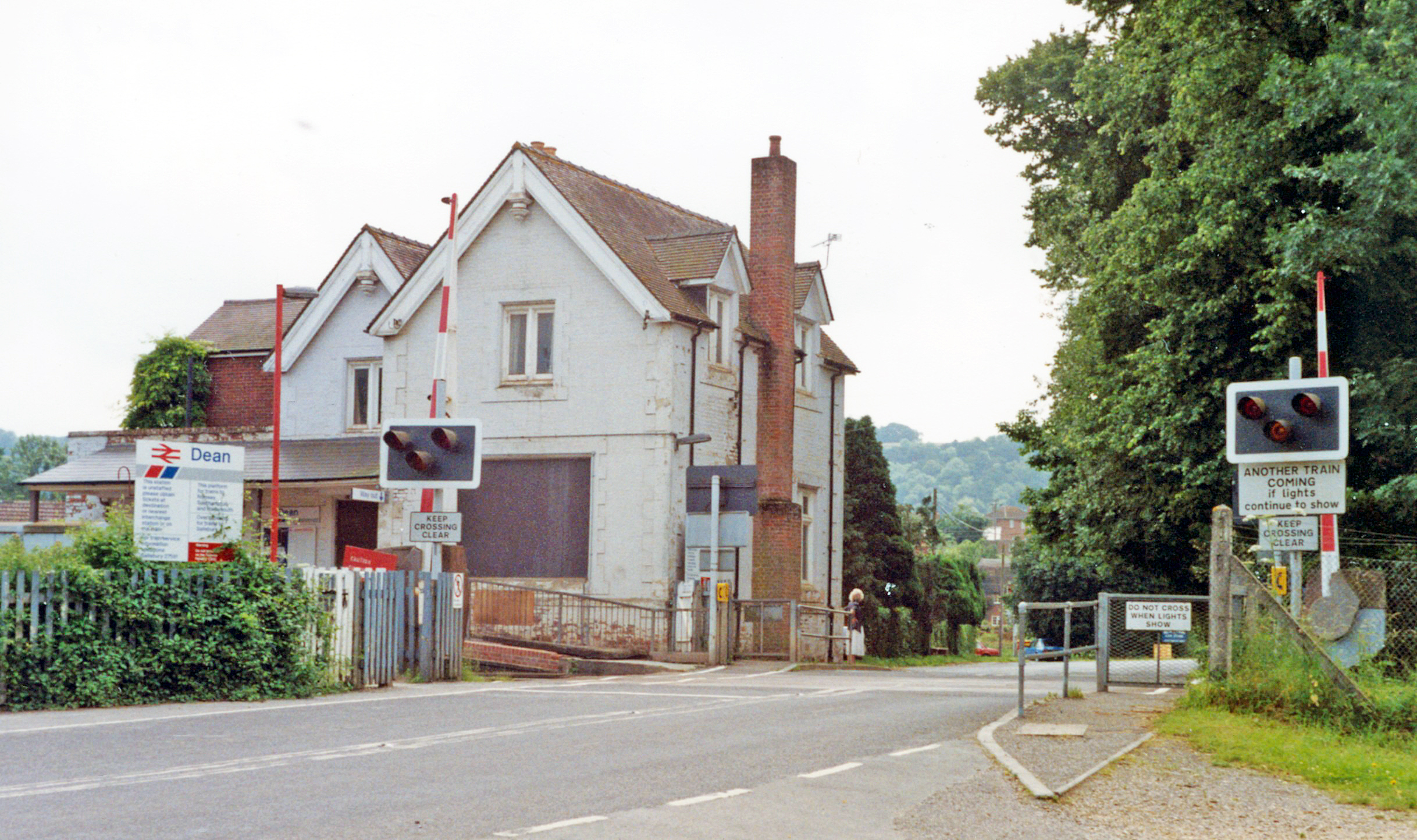Frenchmoor
Civil Parish in Hampshire Test Valley
England
Frenchmoor
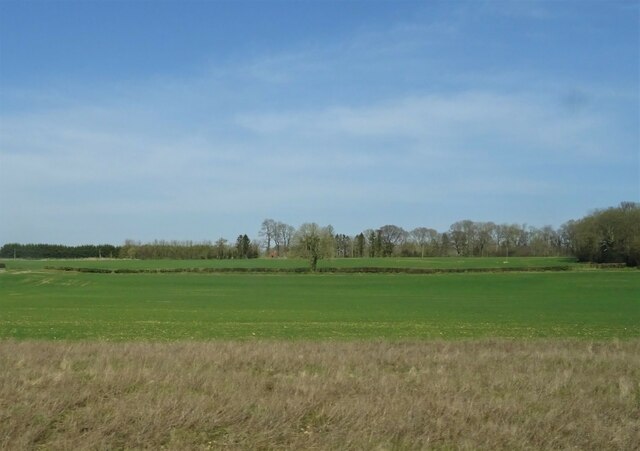
Frenchmoor is a civil parish located in the Test Valley district of Hampshire, England. Situated approximately 6 miles southwest of the town of Andover, Frenchmoor covers an area of around 1.5 square miles. The parish is primarily a rural area characterized by its picturesque countryside and charming village atmosphere.
Frenchmoor is home to a small population, estimated to be around 100 residents. The parish is known for its tranquil setting and offers a peaceful retreat from the hustle and bustle of urban life. The landscape is dominated by rolling hills, lush green fields, and pockets of woodlands, creating an idyllic backdrop for outdoor activities such as walking, cycling, and horse riding.
The heart of Frenchmoor is the village itself, which consists of a handful of residential properties, a village hall, and a church. The village hall serves as a focal point for community events and gatherings, providing a space for locals to come together and socialize. The church, dedicated to St. Peter, dates back to the 12th century and is an architectural gem with its Norman features and beautiful stained glass windows.
Despite its small size, Frenchmoor is conveniently located near several larger towns and cities. Andover, with its amenities and transport links, is within easy reach, providing residents with access to a wider range of services and facilities.
Overall, Frenchmoor offers a peaceful and picturesque countryside setting, making it an appealing place to live for those seeking a quieter rural lifestyle.
If you have any feedback on the listing, please let us know in the comments section below.
Frenchmoor Images
Images are sourced within 2km of 51.051421/-1.607773 or Grid Reference SU2728. Thanks to Geograph Open Source API. All images are credited.
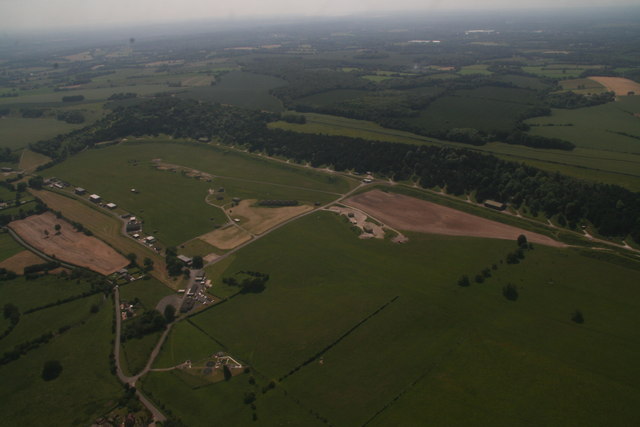
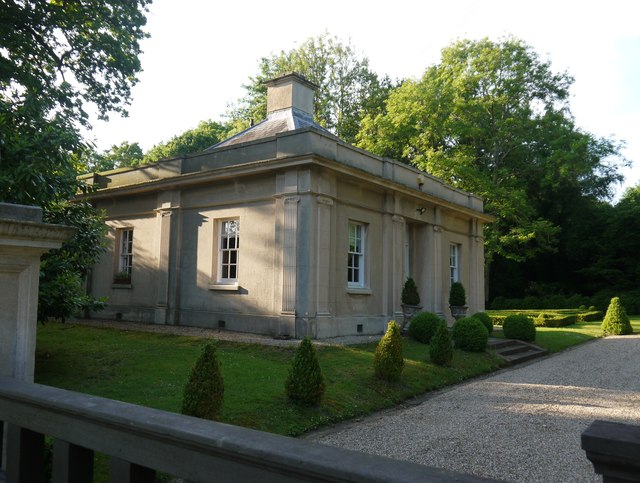

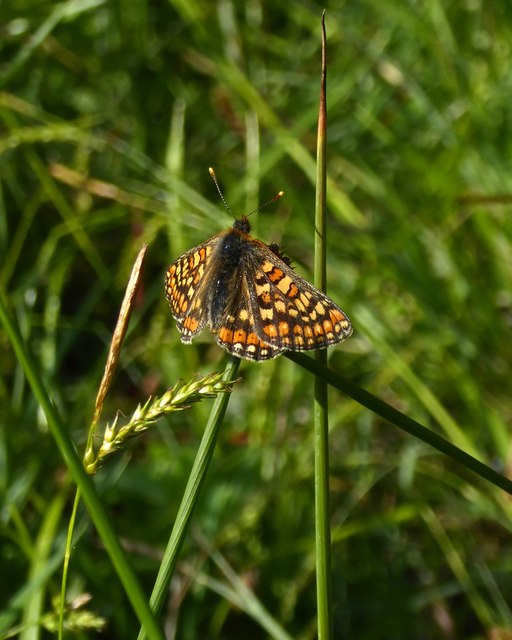
Frenchmoor is located at Grid Ref: SU2728 (Lat: 51.051421, Lng: -1.607773)
Administrative County: Hampshire
District: Test Valley
Police Authority: Hampshire
What 3 Words
///ourselves.brisk.funky. Near East Dean, Hampshire
Nearby Locations
Related Wikis
Frenchmoor
Frenchmoor is a hamlet and civil parish in the Test Valley district of Hampshire, England, close to the border with Wiltshire. According to the 2001 census...
East Dean, Hampshire
East Dean is a civil parish and small village in the Test Valley district of Hampshire, England, about 6 miles (10 km) northwest of Romsey. The village...
West Tytherley
West Tytherley is a village and civil parish in the Test Valley district of Hampshire, England. Its nearest town is Stockbridge, which lies approximately...
River Dun (River Test)
The River Dun is a tributary of the River Test in southern England, which flows for 18.3 km (11.4 miles) in a generally easterly direction through rural...
East Tytherley
East Tytherley is a small village in Hampshire, England.The name Tytherley comes from Old English and means thin or tender wood.The village was given to...
West Dean, Wiltshire
West Dean is a village and civil parish in southeast Wiltshire, England; the Wiltshire/Hampshire border runs through the eastern part of the village. The...
Borbach Chantry
Borbach Chantry, West Dean, in south-east Wiltshire, England, was built in 1333. It is recorded in the National Heritage List for England as a Grade I...
Dean railway station
Dean railway station, also shown as Dean (Wilts), serves the village of West Dean in Wiltshire, England. The station is on the Wessex Main Line, 88 miles...
Nearby Amenities
Located within 500m of 51.051421,-1.607773Have you been to Frenchmoor?
Leave your review of Frenchmoor below (or comments, questions and feedback).
